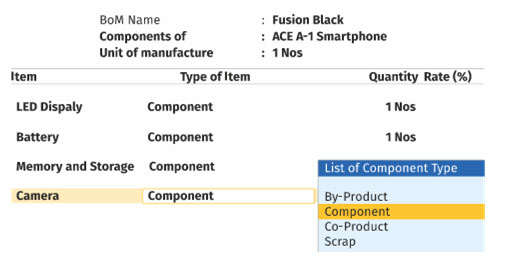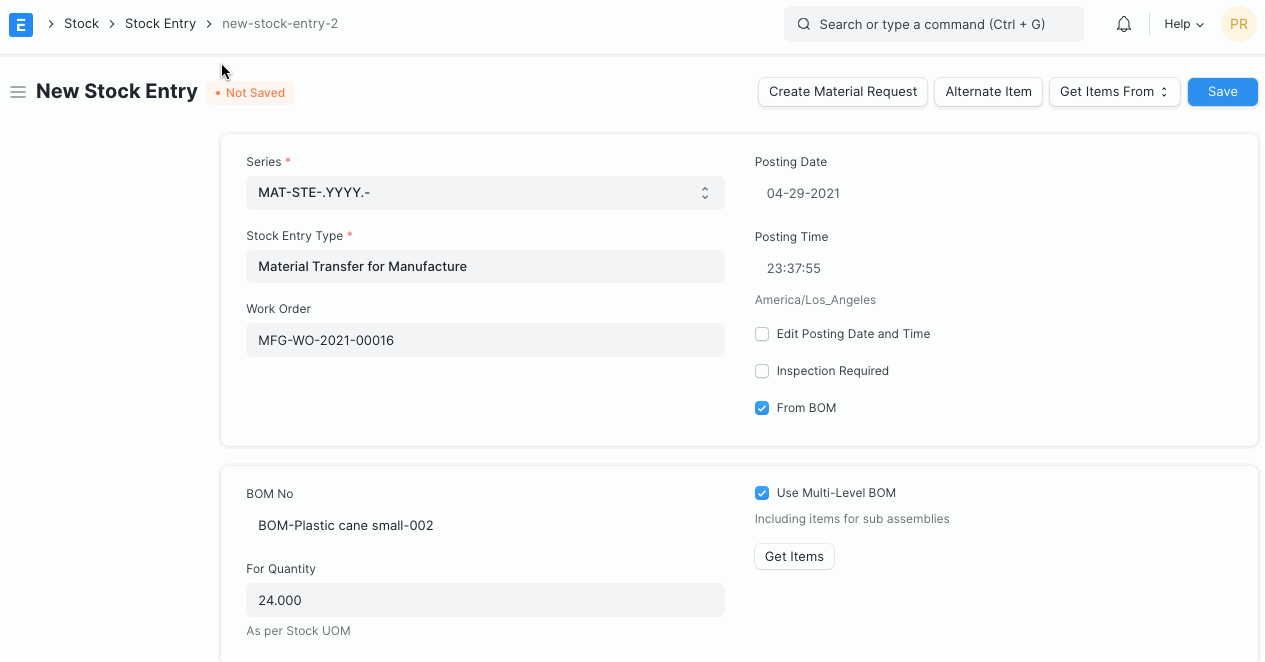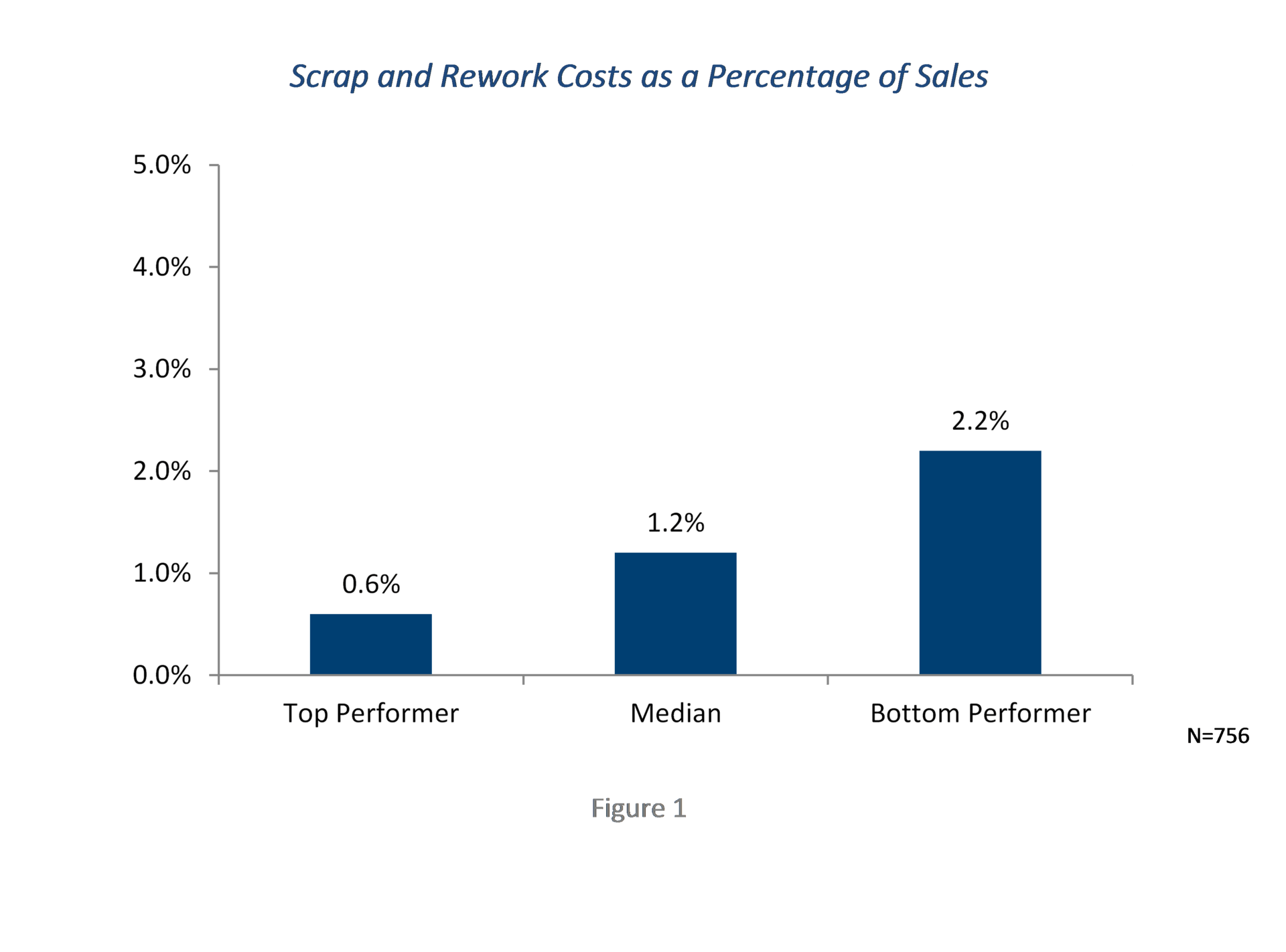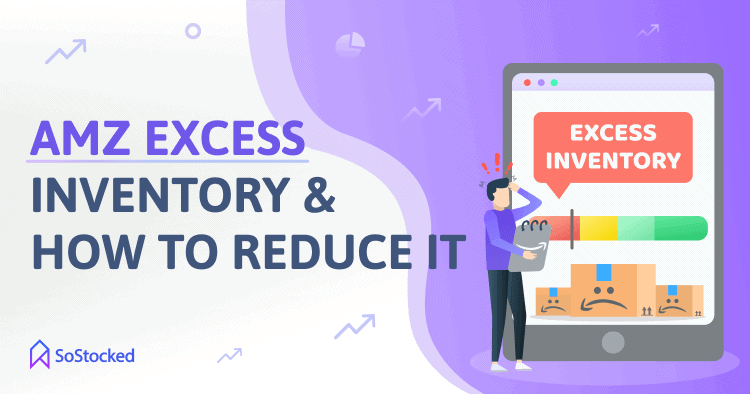Scrap inventory is a term that refers to the accumulation of materials that are no longer needed or used in the production process of a company. These materials can include excess raw materials, defective or damaged products, and any other material that is deemed surplus to the company's needs. Scrap inventory can be generated in a variety of ways, such as through the production process, through the handling of products, or through the storage and transportation of materials.
One of the main reasons that companies accumulate scrap inventory is to reduce waste and optimize their use of resources. By reusing or repurposing scrap materials, companies can save money on the purchase of new raw materials and reduce the environmental impact of their operations. In addition, the sale of scrap materials can generate additional revenue for the company.
There are a few different approaches that companies can take when it comes to managing their scrap inventory. Some companies may choose to sell their scrap materials to third-party buyers, while others may choose to recycle or reuse the materials in-house. In either case, it is important for companies to have a system in place for tracking and managing their scrap inventory in order to ensure that it is being properly utilized and that any financial or environmental benefits are being realized.
Effective management of scrap inventory requires a thorough understanding of the materials that are being generated and the processes that are involved in their production. This includes identifying the sources of scrap materials, analyzing the types and quantities of materials that are being generated, and determining the most effective ways to recycle or reuse those materials. It may also involve implementing processes or systems to reduce the amount of scrap materials that are being generated in the first place.
In summary, scrap inventory refers to the accumulation of materials that are no longer needed or used in a company's production process. By effectively managing their scrap inventory, companies can reduce waste, optimize their use of resources, and generate additional revenue. This requires a thorough understanding of the materials being generated and the processes involved in their production, as well as the implementation of effective systems and processes for tracking and managing those materials.








